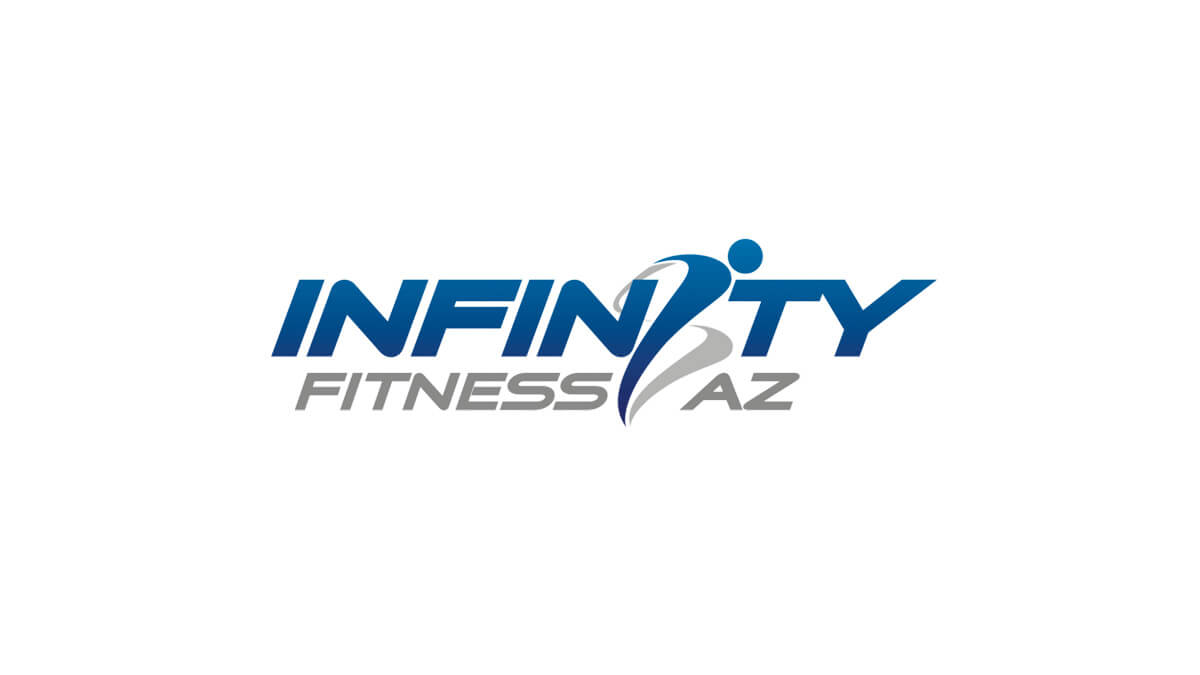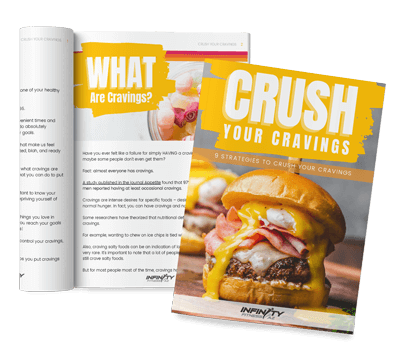TRAIN LIKE AN ATHLETE
We’ve all seen them: the guy who looks like the Incredible Hulk yet can’t lift a thing, or on the contrary, a guy that looks like a complete slob but can lift a house. Or what about the guy that looks great, but can’t walk up a flight of stairs without needing CPR at […]
TRAIN LIKE AN ATHLETE Read More »

